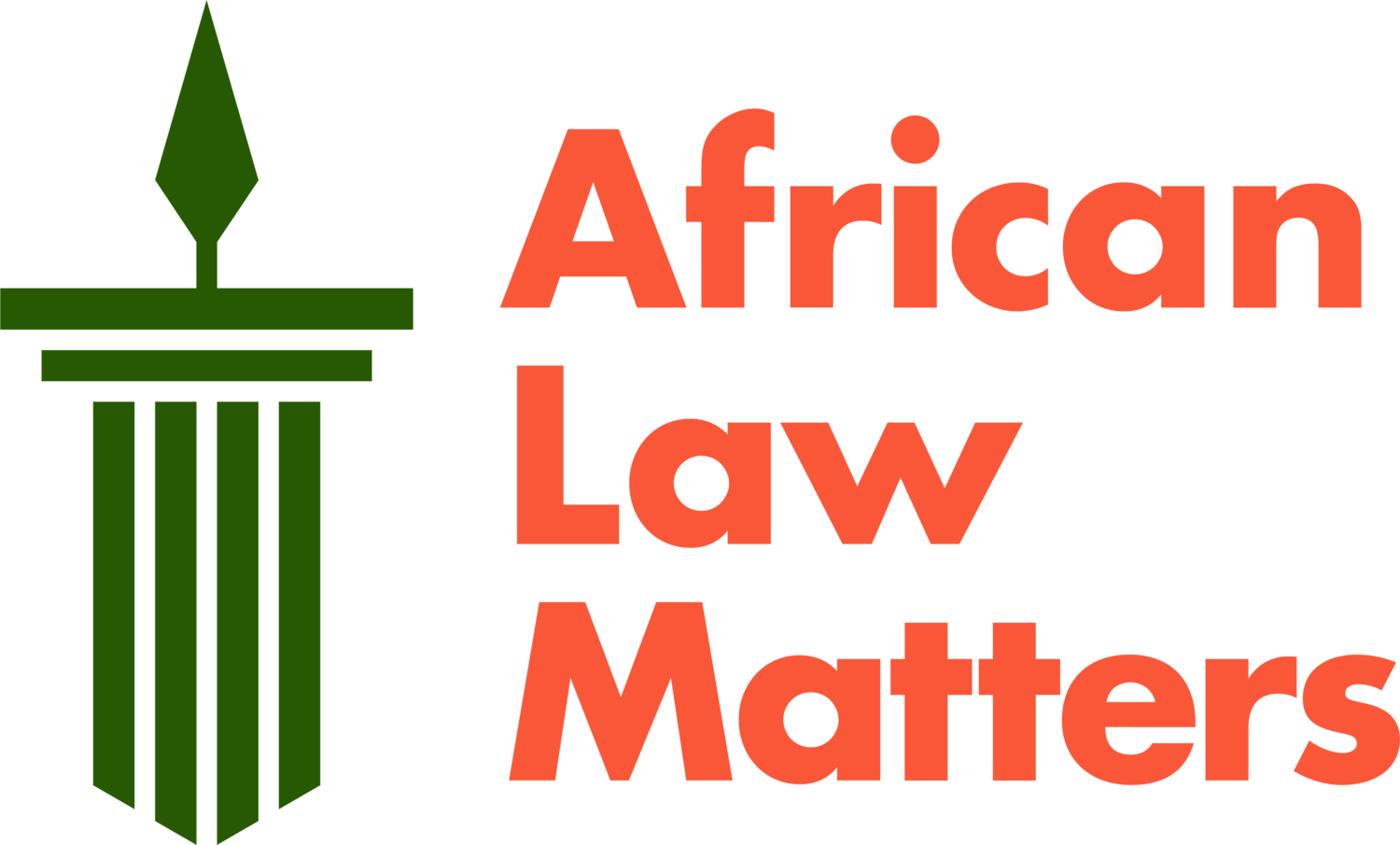Bark Without Bite? Considering and Clarifying the SAHRC’s Competence
Photo credit: Office Holidays
On 15 August 2024, the Supreme Court of Appeal (SCA) delivered judgment in SAHRC v Agro Data, unanimously rejecting the contention of the South African Human Rights Commission (SAHRC) that it has the power to issue binding directives. The SAHRC, in turn, has now approached the Constitutional Court in a final bid to secure such binding powers through litigation. But what are its prospects before the apex court?
The SAHRC is a state institution supporting democracy, established under chapter 9 of the Constitution. As its name suggests, the core of its constitutional mandate is the advancement and realisation of human rights. Section 184(2) of the Constitution clearly outlines its responsibilities, which include promoting “respect for” and “the protection, development and attainment of” human rights, while also monitoring and assessing the South African human rights landscape.
In terms of section 184(2) and (4), its competence includes powers to “investigate and report”, “take steps to secure appropriate redress” and any additional powers prescribed by national legislation. That national legislation is the SAHRC Act, section 13 of which confers on the SAHRC the competence to: (i) make recommendations generally, study and report, develop information programs, liaise and interact with, review policies and make recommendations; and (ii) investigate alleged human rights violations, assist persons adversely affected to secure redress and bring proceedings in court to that same end.
The Text of the Constitution
On the text of its empowering provisions, none of the SAHRC’s constitutional or statutory competences are unilaterally effectual.
First, there are the advisory powers, which enable the SAHRC to inform, equip, and educate. However, these powers cannot produce binding outcomes.
Secondly, the SAHRC has more incisive competences to investigate and report on potential human rights violations. This involves inquiring into allegations, gathering evidence, and making findings. The exercise of these powers would naturally be invaluable to any victim as the SAHRC would do much of the “heavy lifting” and the victim would benefit from: being more informed and avoiding costly litigation without much prospect; or using the report and underlying evidence to bolster their cause in court or otherwise. However, as invaluable as these more incisive competences are, they amount to no more than collecting, assessing and reaching conclusions on evidence.
Lastly, there is the SAHRC’s remedial competence. This is cast in narrow terms that refute the contention that the SAHRC can take unliteral “biting” action. Section 182(2)(b) of the Constitution and section 13(3)(a) of the SAHRC Act empower the SAHRC to “assist” victims or “take steps” itself to secure redress.
The Act follows this up with section 13(3)(b), which contains express reference to proceedings in court or a tribunal. Thus, on the language of both the Constitution and the Act, all that the SAHRC is capable of doing is “seeking” or “obtaining” redress by “steps”. This is an indication that the repository of the power to redress, at least in part, is extrinsic to the SAHRC - it is achieved through negotiated settlement or flows from an order of court or tribunal.
The construction above is fortified by comparing the constitutional provisions of the SAHRC to those of its sister institution, the Public Protector. In Nkandla, the Constitutional Court held that the Public Protector’s section 182(1)(c) power to “take appropriate remedial action” can entail binding remedies which cannot simply be ignored. It was specifically this power – unavailable to the SAHRC – that the Court held is capable of being binding. Moreover, the Court tellingly indicated that the more incisive powers of an organ of state are non-binding in nature.
Lastly, the Court in Nkandla (para 71) went so far as to state that nothing in the wording “take appropriate remedial action” constrains the Public Protector to “leave the exercise of the power to take remedial action to other institutions”. The opposite is true of the SAHRC: Not only is the SAHRC not authorised to “take appropriate remedial action”, but the phrasing of its powers does indicate that it must approach other authorities to “secure” binding redress.
“ ...there is good, constitutional reason for the SAHRC’s teeth to be blunted.”
Nkandla and Oudekraal
The SAHRC pointed the SCA to a particular passage in the Nkandla judgment (para 71) to justify its directives being binding. Relying in part on Kirland and Welkom, that passage reads:
“No decision grounded on the Constitution or law may be disregarded without recourse to a court of law. … No binding and constitutionally or statutorily sourced decision may be disregarded willy-nilly.”
At first glance, because the SAHRC does have powers grounded in the Constitution and statute, the SAHRC’s powers are binding; however, that would confuse form for substance.
First, the SAHRC has no express power – anywhere – to issue directives or other similar instruments. Any such purported directives issued would therefore not be grounded in law and would, in fact, be ultra vires. Second, per Oudekraal and Merafong, an exercise of public power obtains existence in fact with legal effect until or unless set aside.
Oudekraal applies where the exercise of the power is: (i) consequential or potentially consequential (i.e., forming the basis of or relevant to subsequent decisions); or (ii) independently effectual (i.e., attaching enforceable obligations in its own right).
There is thus a difference between a public functionary being required by the rule of law to act consistently with a relevant, prior exercise of power (as in Kirland), and a party being bound by an effectual exercise of power encumbering them with obligations that it must comply with. All exercises of public power are capable of being consequential, so to speak; but that does not per se make them effectual.
This is true even of the Public Protector’s remedial action. We know from Nkandla (para 71) that the Public Protector’s remedial action ranges from recommendations (potentially consequential) to binding (effectual) action, depending on the “interpretation [of the terms of the remedial action itself] aided by context, nature and language”.
The SAHRC lacks such range: it is in the position that the Public Protector would have been in if the Nkandla Court had decided that “tak[ing] appropriate remedial action” cannot be effectual.
The unavoidable conclusion, in my respectful view, is that Oudekraal merely speaks to the status of powers, and does not designate their nature.
Ontology
Despite the SAHRC’s protestations that lacking binding remedial powers would frustrate its mandate, there is good, constitutional reason for the SAHRC’s teeth to be blunted.
The Constitution, including its separation of powers, leaves to the elected legislatures, executives and experts and functionaries within the bureaucracy, in all spheres of government, the task of “determining how public resources are to be drawn upon and re-ordered” which “lies in the heartland of Executive Government function and domain” (OUTA para 67). Clothing the SAHRC with uncircumscribed, binding remedial powers in respect of all human rights – including socio-economic rights – makes the SAHRC a roving court that is able, in effect, to interdict the government and interfere in its policies and priorities in ordering resources.
As unpalatable as it might be, we must all accept that “the Constitution does not mean whatever we might wish it to mean” (S v Zuma para 17) and must respect the clear, textual choices that the drafters of the Constitution made (State Capture Commission (Contempt) para 80).
Conclusion
Without the competence to impose obligations on parties – to make them do something or not do something – the SAHRC cannot itself remedy violations of human rights. To change this, it would have to convince Parliament to amend the Constitution or the SAHRC Act.


